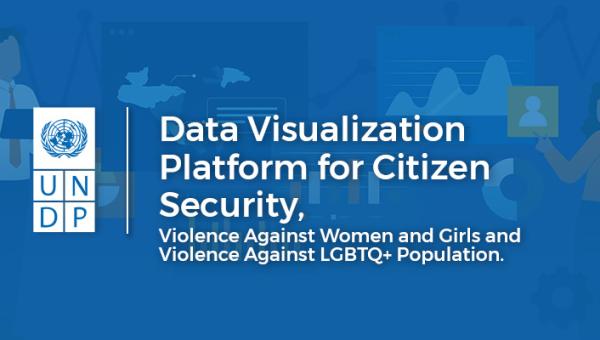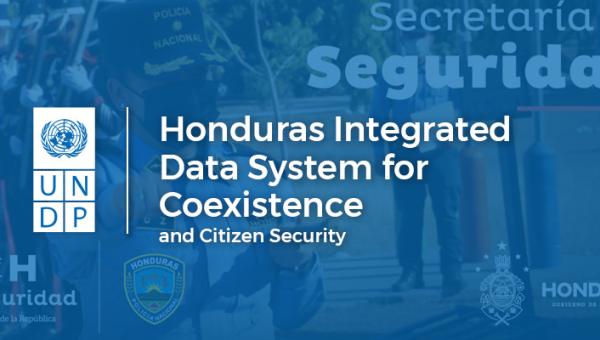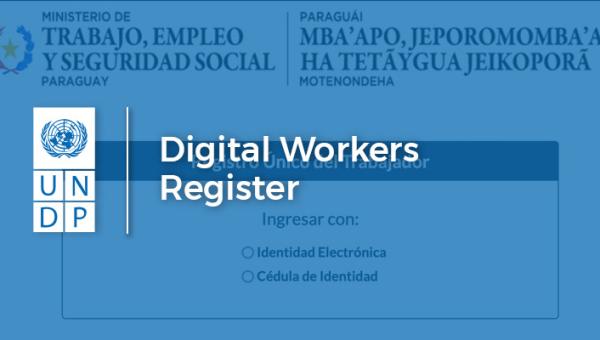First big urban data project

The initiation of the first major urban data project marked a significant milestone in leveraging technology and citizen involvement to revamp the infrastructure and services within a municipality. The local government, recognizing the need for innovation and efficiency, embarked on a mission to breathe new life into a geographic database that had long been neglected. To accomplish this, they sought the partnership and support of the United Nations Development Programme (UNDP).
One of the key strategies employed in this groundbreaking endeavor was to harness the power of citizen-generated data. To achieve this, the government municipality forged a collaboration with Fundación Trébol, an organization known for its pioneering work in waste management. Leveraging Fundación Trébol's specialized application, they were able to capture valuable data generated by citizens. This data encompassed a wide range of information, from waste disposal patterns to urban planning suggestions, giving a voice to the residents in shaping the future of their locality.
In addition to citizen-generated data, the project also recognized the importance of accurate geographic information. To validate and update the existing geographical data, the municipality teamed up with Drontec, a company specializing in drone technology. By deploying drones to capture high-resolution aerial imagery, they were able to assess the real-world conditions of El Alto, ensuring that the geographic information they possessed was not only accurate but also up to date.
The integration of citizen-generated data and drone-captured imagery laid the foundation for a comprehensive and dynamic urban data ecosystem. This fresh and reliable data was then transformed into a user-friendly dashboard, which served as a powerful tool for visualizing and interpreting the data. This dashboard was made accessible to residents and decision-makers alike, providing real-time insights into the state of the neighborhood and the progress of ongoing initiatives.
In essence, this pioneering urban data project showcased the potential of collaboration between government institutions, non-profit organizations, and technology providers. It demonstrated how the synergy between citizen engagement, advanced technology, and data visualization can lead to more informed decision-making, improved services, and a brighter future for urban communities. This project not only reactivated a neglected database but also reinvigorated the spirit of community participation and innovation in El Alto
This article was originally published at: https://www.undp.org/blog/la-paz-and-el-alto-their-way-integrated-urban-development
Are you passionate about the link between digitalization and sustainable development?

 Locations
Locations




